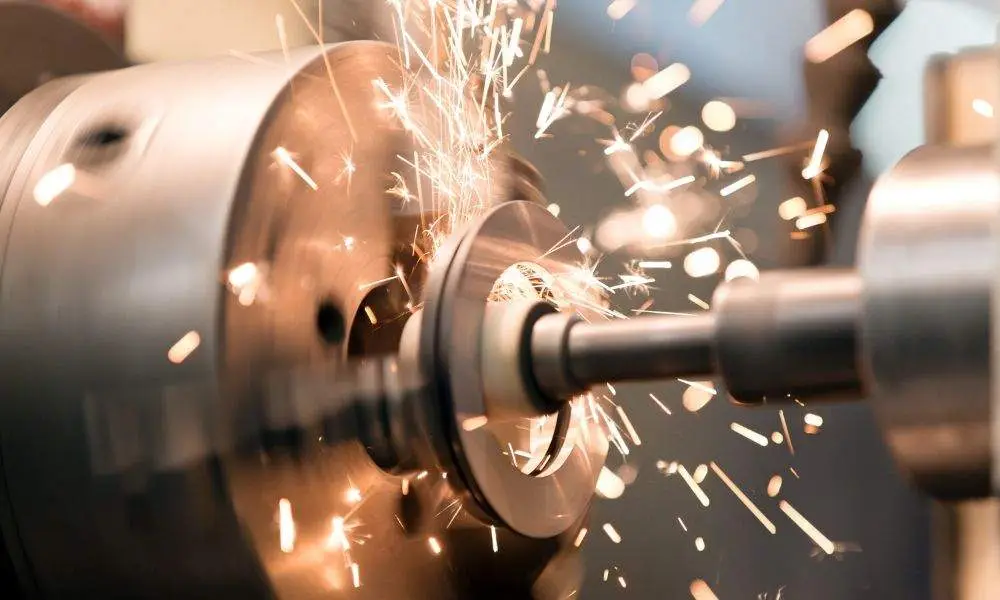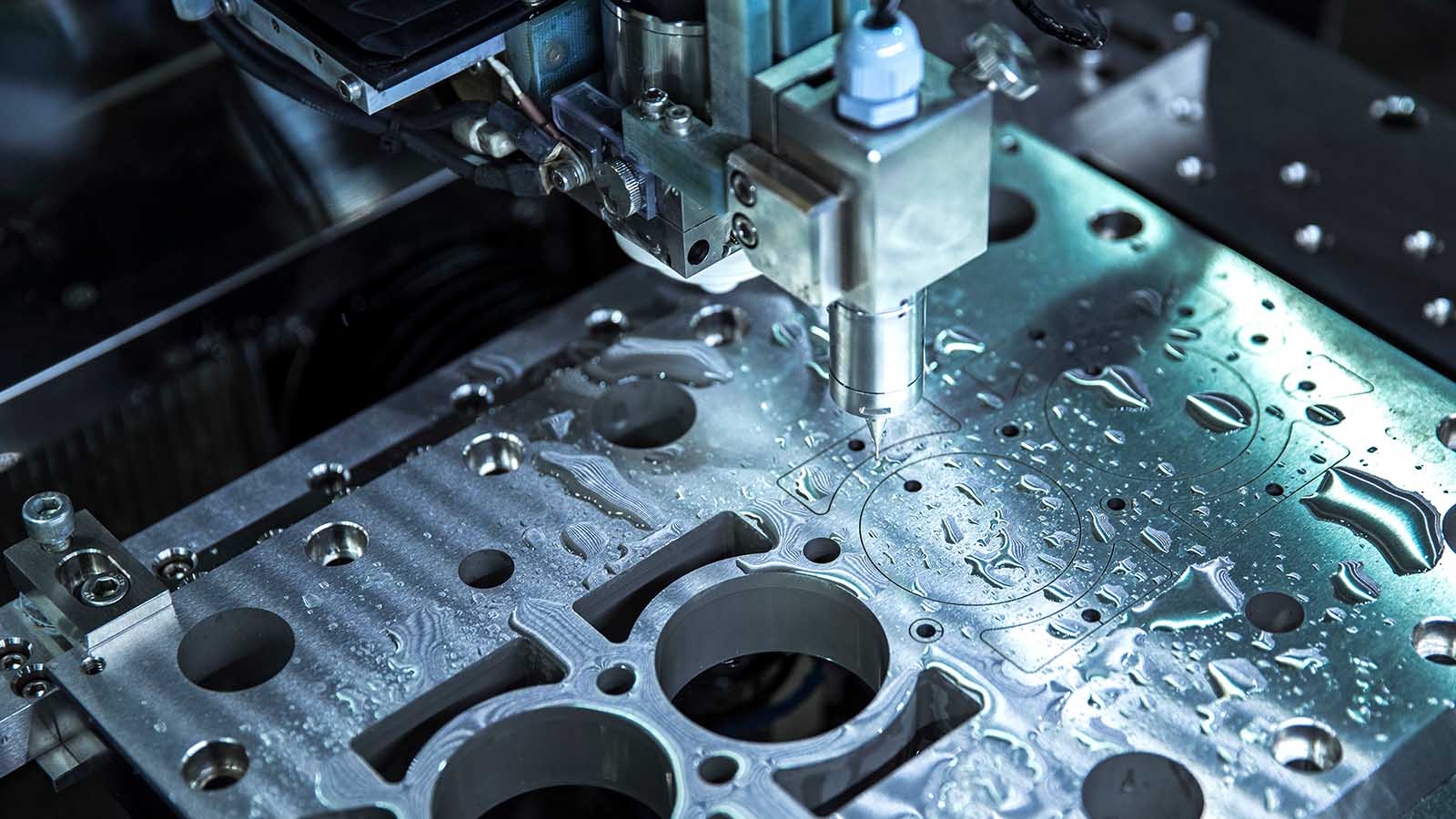Understanding the Art of Bolts and Machining: Technologies and Ideal Practices
In the world of commercial production and design, the proficiency of fasteners and machining is a cornerstone of ensuring architectural integrity, functionality, and longevity in numerous applications. As modern technology developments and demands for efficiency and precision increase, staying abreast of the most recent technologies and finest methods in fastening and machining comes to be vital. From the development of securing technologies to the details of choosing the most ideal materials, the landscape of modern production is constantly developing. Join us as we discover the most up to date developments and dig into the nuanced globe of grasping bolts and machining, discovering vital understandings and approaches that can elevate your approach to design services.
Development of Attachment Technologies
Throughout the industrial transformation and right into the modern-day era, the development of attaching innovations has actually been marked by constant improvements in performance and reliability. Fasteners, such as bolts, rivets, and screws, play an essential function in numerous industries, including vehicle, aerospace, building and construction, and electronic devices. The need for stronger, much more long lasting, and easier-to-install attachment solutions has driven development in the area.
One considerable growth has actually been the change in the direction of precision machining techniques to create bolts with greater resistances and remarkable performance. This shift has enabled manufacturers to produce fasteners that meet strict high quality requirements and offer enhanced resistance to rust and tiredness.
Furthermore, the introduction of sophisticated materials, such as titanium alloys and composites, has revolutionized the capabilities of bolts. Fasteners and Machining. These products give extraordinary strength-to-weight ratios, making them ideal for applications where reducing weight is critical without endangering architectural stability
Improvements in Machining Techniques
In the realm of industrial production, the constant development of machining methods has actually led the means for unmatched precision and performance in the manufacturing of fasteners. Among the considerable innovations in machining techniques is the usage of Computer Numerical Control (CNC) modern technology. CNC makers offer unmatched precision and repeatability by enabling automated control of machining devices. This accurate control makes it possible for producers to produce facility and complex fastener layouts with ease.

Additionally, the fostering of multi-axis machining facilities has actually enabled synchronised reducing operations from various angles, better improving efficiency and reducing manufacturing times. By making use of these advanced machining methods, producers can satisfy the boosting demand for high-quality bolts while maintaining cost-effectiveness in their operations.
Choosing the Right Bolt Materials
Picking the suitable product for fasteners is an important choice that significantly influences the performance and long life of the put together parts. When selecting the ideal bolt material, several variables should be considered to make sure the sturdiness and integrity of the final product. The material chosen should like this work with the ecological conditions the fasteners will certainly be exposed to, such as temperature level variants, moisture degrees, and harsh elements.
Usual materials made use of for fasteners include stainless-steel, carbon titanium, steel, and aluminum, each offering special buildings that suit different applications. Stainless steel, for instance, is understood for its deterioration resistance, making it perfect for outside or aquatic environments. Carbon steel is an economical choice ideal for several general-purpose applications. Aluminum is lightweight and frequently utilized in markets where weight is an essential element. Titanium, on the various other hand, is corrosion-resistant and incredibly solid, making it ideal for high-performance applications.
Enhancing Accuracy in Machining
Attaining optimal accuracy in machining is vital for guaranteeing the quality and efficiency of machined elements. Accuracy in machining describes the ability to constantly generate parts within tight tolerances and with high precision. To enhance Full Report precision in machining, producers utilize a variety of advanced methods and modern technologies. One key approach is utilizing Computer system Numerical Control (CNC) devices, which supply exceptional precision and repeatability contrasted to traditional hands-on machining approaches. CNC devices are programmable and can implement complex machining operations with marginal human treatment, resulting in higher accuracy degrees.
In addition to CNC machining, the use of innovative cutting devices and device owners can additionally considerably enhance precision. High-grade cutting tools with advanced coverings decrease friction and wear, resulting in much more exact cuts and dimensional accuracy. Implementing stringent top quality control actions throughout the machining procedure, such as normal examinations and calibration of tools, assists preserve consistent accuracy degrees. By focusing on precision in machining, producers can achieve premium item high quality, tighter tolerances, and boosted general efficiency of machined elements.

Ideal Practices for Fastener Setup
Accuracy in machining plays a critical role in ensuring the reliability and longevity of fastener installations. When it concerns finest methods for fastener setup, one essential element is the appropriate selection of bolts based upon the certain application needs. Using the correct kind, dimension, and product of bolt is vital to ensure optimal efficiency and longevity. Fasteners and Machining. In addition, it is paramount to follow manufacturer standards and suggested additional info torque values during the installment procedure to stop over-tightening or under-tightening, which can lead to early fastener failure.
Additionally, ensuring that the fastener strings are totally free and tidy of debris before setup is essential to achieving a safe and reliable link. By adhering to these best practices, makers can maximize the honesty and performance of their fastener installations.
Final Thought
By picking the ideal bolt materials and enhancing accuracy in machining, makers can accomplish ideal results in their procedures. On the whole, understanding the art of bolts and machining entails constant advancement and adherence to best practices.
In the world of industrial manufacturing, the continuous evolution of machining methods has paved the means for extraordinary accuracy and effectiveness in the production of bolts.Precision in machining plays a vital duty in making certain the dependability and longevity of bolt setups. When it comes to best practices for bolt installment, one essential facet is the appropriate option of bolts based on the specific application needs. By choosing the right bolt materials and boosting precision in machining, suppliers can accomplish optimum results in their procedures. Generally, grasping the art of bolts and machining involves continual innovation and adherence to finest practices.